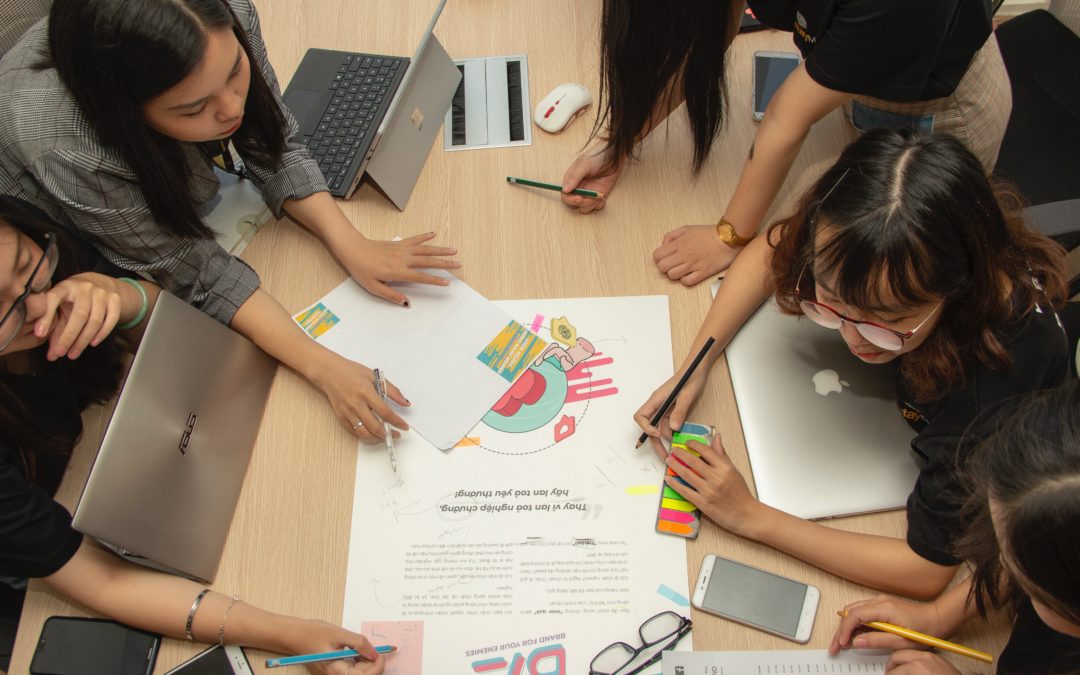
by Powerful Learning Practice | Jan 13, 2020 | Connected Leadership, Leadership, Making The Shift, Voices
Technology helps students with connecting, creating and sharing, but devices are invisible in my definition of active learning. We need to be chanting: empowerment, collaboration, equity, agency, self actualization, and transcendence for kids and for us all within a system that serves as the birth place for every other profession. We need to be chanting these things instead of technology, technology, technology.
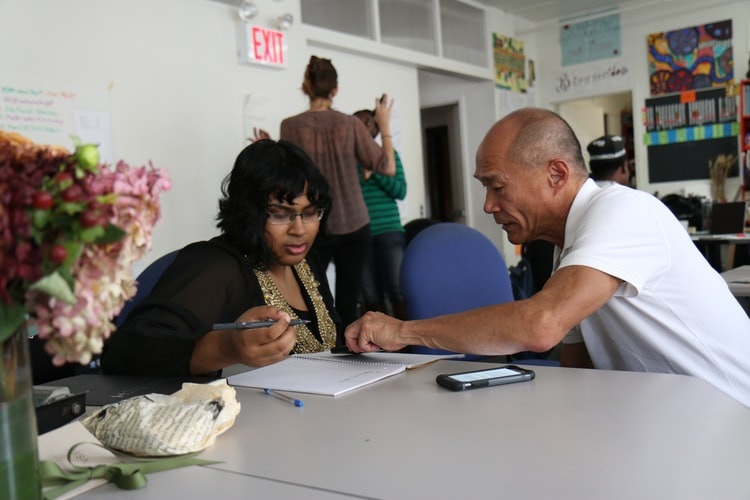
by Jennifer Carey | Aug 7, 2019 | Making The Shift, The How of 21st Century Teaching, Voices, Web Tools That Deepen Learning
In my role as tech advocate, I habitually find myself trying to coax established educators to use new tools and incorporate new methodologies. Here are some ways I have found to be successful in this endeavor.

by Shelley Wright | May 8, 2019 | Less Teacher, More Student, Making The Shift, The Compelling Need for Change, Voices
Why do we have so many students who are frustrated and bored, just waiting to be challenged? We’ve made education about manipulation and hoops instead of inspiring our students to pursue learning that matters to them — learning that can help them make a difference in our communities and the world. By beginning with the Why questions, says teacher Shelley Wright, we can create powerful student-driven learning environments.
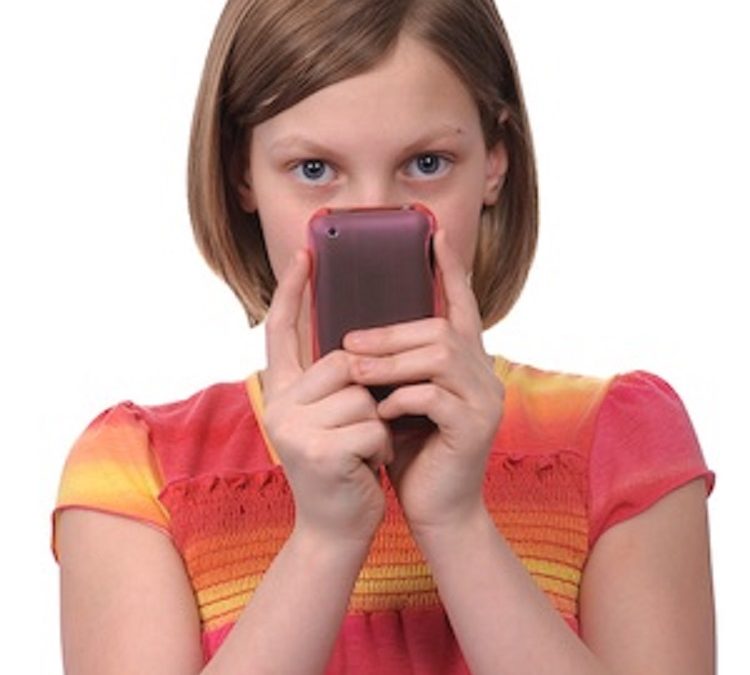
by Lisa Noble | Apr 30, 2019 | Making The Shift, Student Life, The How of 21st Century Teaching, Voices
All of us who advocate for the learning potential of mobile technologies continue to navigate the hurdles of opening up BYOD devices in the unique context of school. My students and I had an “a-ha†moment the other day, in terms of digital citizenship and how we really need to think before we post images to the Internet. Or maybe even before we take the picture.
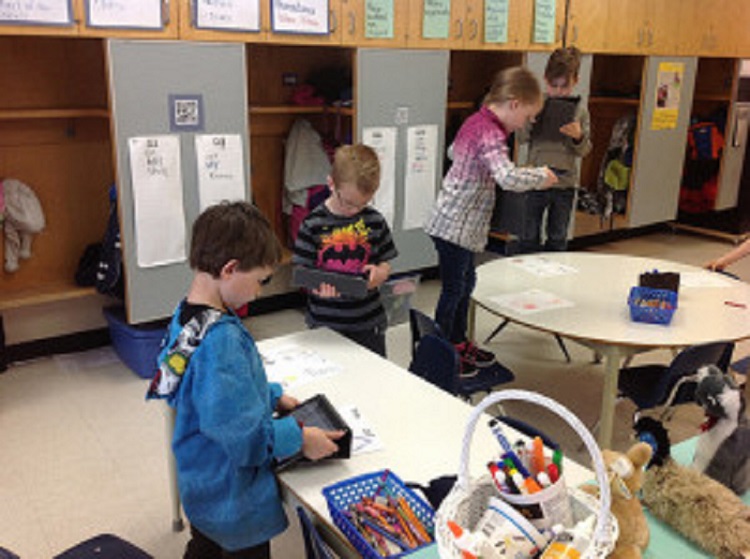
by Kathy Cassidy | Mar 21, 2019 | Making The Shift, The How of 21st Century Teaching, Voices
Is using technology in the classroom a bumpy ride? You bet, says primary teacher Kathy Cassidy, who’s gained a worldwide reputation for her work with tools and apps in the primary classroom. “But we need to begin thinking the way our children do. We use technology not just because it is technology, but because of what it can do. It engages us and helps us to learn.” Teaching is always a journey over rough roads, Cassidy says. But we master what matters for kids.
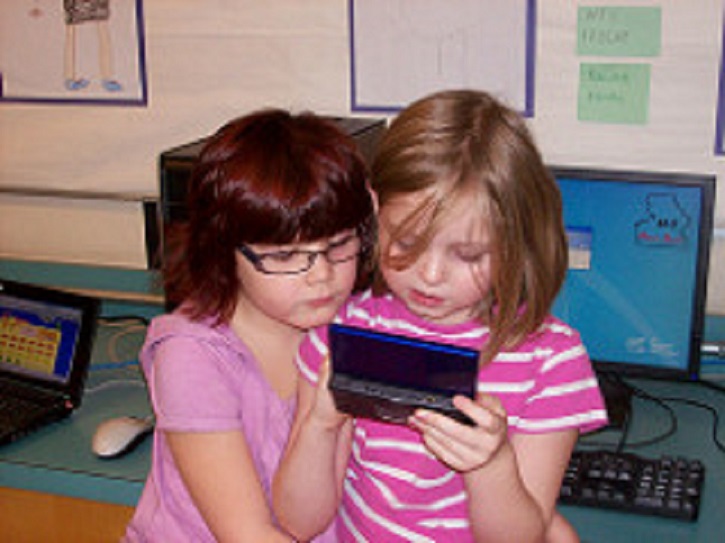
by Kathy Cassidy | Mar 13, 2019 | Less Teacher, More Student, Making The Shift, Passion Based Learning, Voices
Science and health lend themselves easily to PBL (passion or project-based learning) in my mind. But I wasn’t sure how I was going to make it all work in a social studies unit about relationships, rules and responsibilities. I want this to be based on what the students are interested in. Yet there really is nothing about the words “relationships,†“rules†and “responsibilities†that has the ability to inspire passion in most six-year olds. But then I thought about our six Nintendo DS gaming devices.







